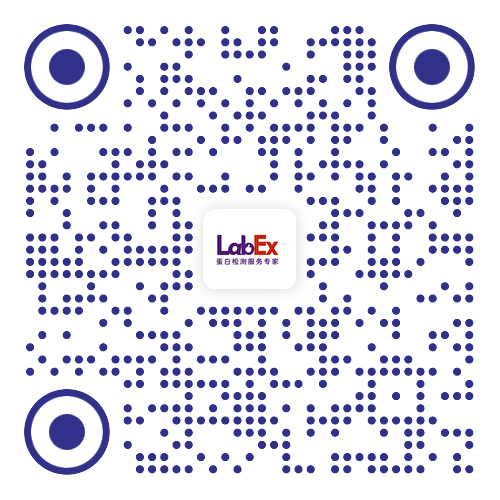Evaluation of Plasma Phosphorylated Tau217 for Differentiation Between Alzheimer Disease and Frontotemporal Lobar Degeneration Subtypes Among Patients With Corticobasal Syndrome
Importance: Plasma phosphorylated tau217 (p-tau217), a biomarker of Alzheimer disease (AD), is of special interest in corticobasal syndrome (CBS) because autopsy studies have revealed AD is the driving neuropathology in up to 40% of cases. This differentiates CBS from other 4-repeat tauopathy (4RT)-associated syndromes, such as progressive supranuclear palsy Richardson syndrome (PSP-RS) and nonfluent primary progressive aphasia (nfvPPA), where underlying frontotemporal lobar degeneration (FTLD) is typically the primary neuropathology. Objective: To validate plasma p-tau217 against positron emission tomography (PET) in 4RT-associated syndromes, especially CBS. Design, setting, and participants: This multicohort study with 6, 12, and 24-month follow-up recruited adult participants between January 2011 and September 2020 from 8 tertiary care centers in the 4RT Neuroimaging Initiative (4RTNI). All participants with CBS (n = 113), PSP-RS (n = 121), and nfvPPA (n = 39) were included; other diagnoses were excluded due to rarity (n = 29). Individuals with PET-confirmed AD (n = 54) and PET-negative cognitively normal control individuals (n = 59) were evaluated at University of California San Francisco. Operators were blinded to the cohort. Main outcome and measures: Plasma p-tau217, measured by Meso Scale Discovery electrochemiluminescence, was validated against amyloid-β (Aβ) and flortaucipir (FTP) PET. Imaging analyses used voxel-based morphometry and bayesian linear mixed-effects modeling. Clinical biomarker associations were evaluated using longitudinal mixed-effect modeling. Results: Of 386 participants, 199 (52%) were female, and the mean (SD) age was 68 (8) years. Plasma p-tau217 was elevated in patients with CBS with positive Aβ PET results (mean [SD], 0.57 [0.43] pg/mL) or FTP PET (mean [SD], 0.75 [0.30] pg/mL) to concentrations comparable to control individuals with AD (mean [SD], 0.72 [0.37]), whereas PSP-RS and nfvPPA showed no increase relative to control. Within CBS, p-tau217 had excellent diagnostic performance with area under the receiver operating characteristic curve (AUC) for Aβ PET of 0.87 (95% CI, 0.76-0.98; P < .001) and FTP PET of 0.93 (95% CI, 0.83-1.00; P < .001). At baseline, individuals with CBS-AD (n = 12), defined by a PET-validated plasma p-tau217 cutoff 0.25 pg/mL or greater, had increased temporoparietal atrophy at baseline compared to individuals with CBS-FTLD (n = 39), whereas longitudinally, individuals with CBS-FTLD had faster brainstem atrophy rates. Individuals with CBS-FTLD also progressed more rapidly on a modified version of the PSP Rating Scale than those with CBS-AD (mean [SD], 3.5 [0.5] vs 0.8 [0.8] points/year; P = .005). Conclusions and relevance: In this cohort study, plasma p-tau217 had excellent diagnostic performance for identifying Aβ or FTP PET positivity within CBS with likely underlying AD pathology. Plasma P-tau217 may be a useful and inexpensive biomarker to select patients for CBS clinical trials.
详见LabEx网站(
www.u-labex.com)或来电咨询!
基因水平:PCR Array、RT-PCR、PCR、单细胞测序
蛋白水平:MSD、Luminex、CBA、Elispot、Antibody Array、ELISA、Sengenics
细胞水平:细胞染色、细胞分选、细胞培养、细胞功能
组织水平:空间多组学、多重荧光免疫组化、免疫组化、免疫荧光
数据分析:流式数据分析、组化数据分析、多因子数据分析
基因水平:PCR Array、RT-PCR、PCR、单细胞测序
蛋白水平:MSD、Luminex、CBA、Elispot、Antibody Array、ELISA、Sengenics
细胞水平:细胞染色、细胞分选、细胞培养、细胞功能
组织水平:空间多组学、多重荧光免疫组化、免疫组化、免疫荧光
数据分析:流式数据分析、组化数据分析、多因子数据分析
联系电话:4001619919
联系邮箱:labex-mkt@u-labex.com
公众平台:蛋白检测服务专家
联系邮箱:labex-mkt@u-labex.com
公众平台:蛋白检测服务专家

本网站销售的所有产品及服务均不得用于人类或动物之临床诊断或治疗,仅可用于工业或者科研等非医疗目的。










 沪公网安备31011502400759号
沪公网安备31011502400759号
 营业执照(三证合一)
营业执照(三证合一)


